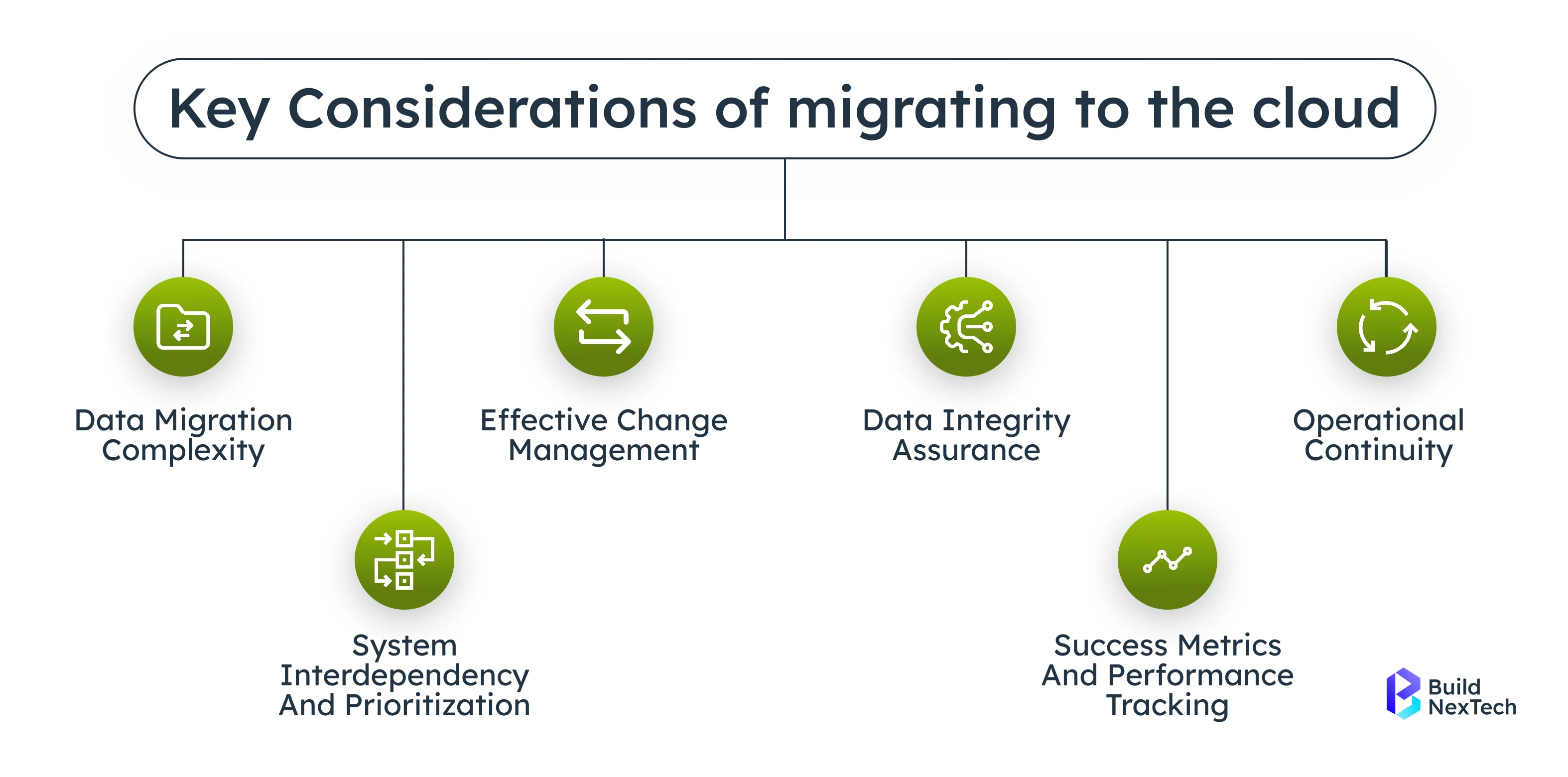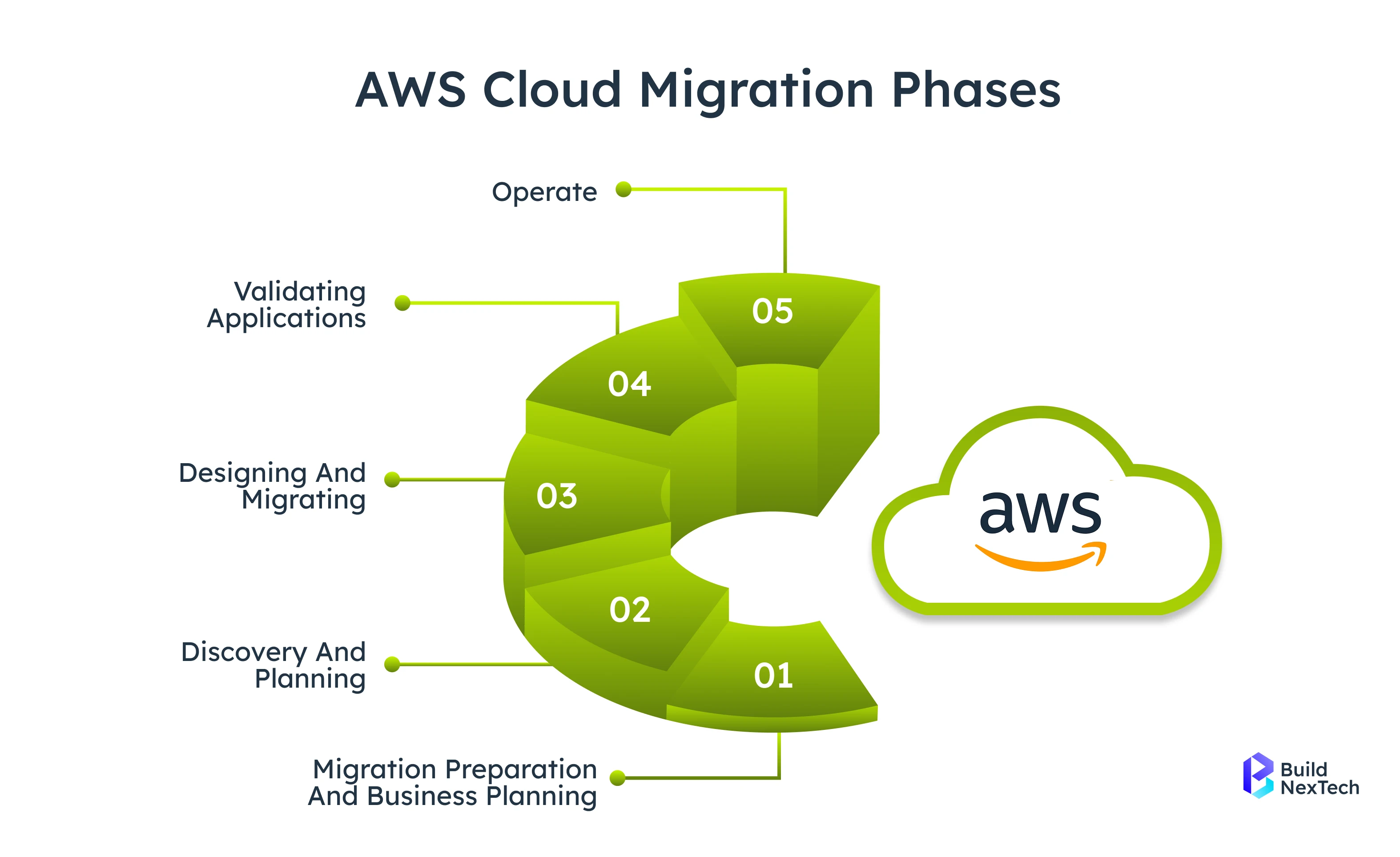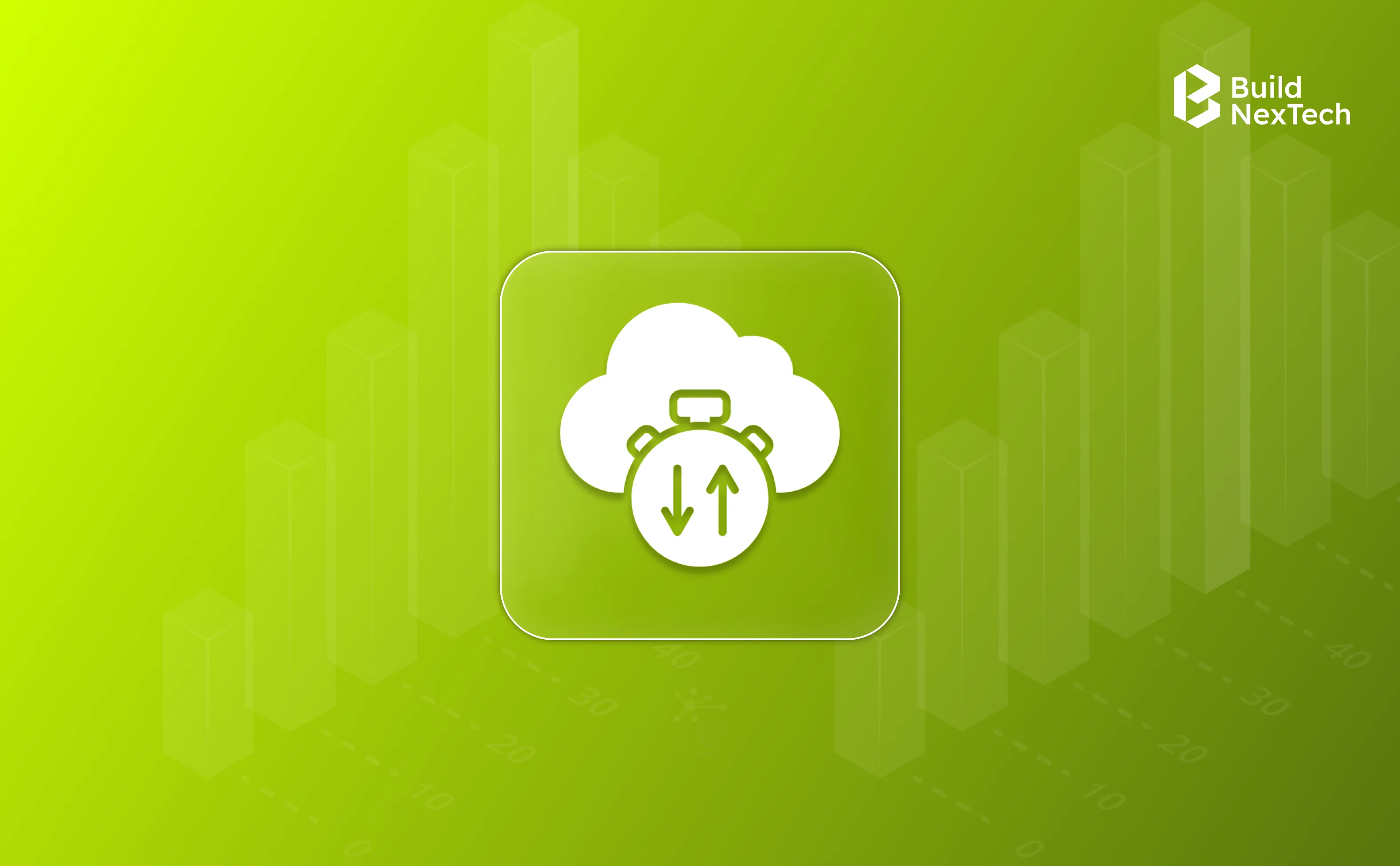A significant part of the digital transformation is the cloud migration, which has turned to be a must for businesses seeking to modernize their IT infrastructure and speed up their ROI. By moving their applications, data, and workloads into the cloud, companies get the benefits of agility, scalability, and improved security, which will ensure that their business remains competitive even in a fast-changing digital world.
- Cloud migration basics and main advantages.
- The 10 best and most effective tools for enterprise migration that deliver ROI in no time.
- How to measure and maximize ROI after migration.
- The most practical ways for conducting secure and effective migration situations.
- The future trends like AI, automation, and multi-cloud strategies are going to influence the enterprise migration in 2025.
Understanding Cloud Migration
What is Cloud Migration?
Cloud migration planning is a process consisting of transferring applications, data, and workloads from either on-premises or old environments to new cloud infrastructure. Such migration can be done across public, private, or hybrid cloud systems of major cloud providers like Amazon Web Services (AWS), Microsoft Azure Cloud, and Azure Cloud Platform.
The migration models used most often are:
- Lift-and-shift: Reducing the movement of resources, mainly by changing them.
- Re-platforming: Changing the applications so that they perform better.
- Application modernization: Shifting of applications that are not cloud-native applications.

The Benefits of Cloud Migration
- Sustainability and flexibility for the administration of changeable workloads.
- Security and disaster recovery preparedness are taken to a higher level.
- Operating costs have been cut down owing to the improved cloud infrastructure.
- More agility and quicker time-to-market.
- Compliant and secured data to a greater extent.
Key Considerations Before Migrating
To initiate the migration cloud process, organizations are required to:
- Evaluate existing infrastructure along with data dependencies.
- Choose among private cloud, public cloud, or hybrid cloud models.
- Security measures and data governance have to be made a priority.
- A solid cloud migration strategy should be developed to ensure the success of the migration.
Top 10 Enterprise-Ready Cloud Migration Tools
Selecting appropriate tools is vital for guaranteeing scalability, automation, and cost-efficiency while securing powerful security and compliance when businesses chronicle their cloud migration. A good cloud platform streamlines the process, reduces the possible downtime, and allows the usage of both hybrid and multi-cloud infrastructures. The following list consists of the top 10 enterprise-grade cloud migration tools that are capable of accelerating the transitions among AWS Cloud Migration, Microsoft, and Google, and thus ensuring the great migration of modern applications, data, and infrastructure with hardly any distractions.
1. AWS Cloud Migration Services
In the realm of large enterprises switching to cloud, AWS stands out with its strong migration environment to be the most reliable and the first company to mind. The AWS Cloud Migration planning contains a wide array of services that include AWS Migration Hub, AWS Database Migration Service, and CloudEndure. These services help in the data and application migration process by making it easy to replicate, transfer, and automate in real time.

- The AWS cloud migration strategy not only helps to reduce downtime but also makes the implementation easier in hybrid and multi-cloud environments.
- A couple of tools like Carbonite Migrate and Velostrata help in data transfer without any interruption and the sooner availability of applications.
- Coupling AWS DevOps, Kubernetes, and Cloud Security makes it the go-to company for enterprises that want top-notch performance, flexibility, and operational efficiency.
2. Azure Migrate
Azure Migrate is a comprehensive toolset for migrating to the Azure cloud, which is a combination of Microsoft Azure cloud migration tools, Windows Azure managed cloud services, and Azure cloud services. It allows working with the Azure hybrid cloud, Azure private cloud, and Azure public cloud, thus being suitable for different types of business environments.
- Delivers security and compliance alongside Azure cloud security certification and his/her Azure cloud training.
- Public and private cloud solutions from Microsoft Azure hosting and Microsoft Azure server apply to businesses of any size, with some customizations.
- The cost structure in the Azure cloud is based on the pay-as-you-go model. This way, the organizations can not only eliminate extra costs but also scale the resources for application hosting, data management, and virtual machine operations, thus being more efficient in the overall process.
3. Google Cloud Migration Tools
Google Cloud Migration Tools are a significant assistance to enterprise infrastructure modernization through the utilization of automation and AI-driven insights. These tools not only make application migration easier but also improve performance and speed up the process of moving to multi-cloud environments.
- The migration powered by AI has the least human intervention and the fastest deployment.
- Google Cloud Migrate and Velostrata make applications modernized and more scalable.
- The real-time data integration is the one that carries the analytics and the smoothest workload migration.
4. CloudEndure
CloudEndure, an AWS service, is built to manage real-time replication, disaster recovery, and smooth migration of the whole infrastructure. Its automatic process guarantees that both, applications and data are moved to the cloud in a fast and safe manner.
- Allows data to be continuously replicated, therefore minimizing downtime.
- Prepares disaster recovery readiness throughout mixed and cloud environments.
- Makes infrastructure migration easy by automated processes and AI-driven validation.
5. VMware Cloud on AWS
VMware Cloud on AWS provides a seamless transition for companies operating VMware workloads to move and enlarge their operations in the cloud. It links current data centers with AWS, ensuring the same level of operational efficiency and security as in the physical environment.
- It extends the on-premises infrastructure to the AWS cloud with very little work.
- It allows the use of the same VMs, containers, and IAM systems.
- It gives room for hybrid cloud working, thus enhancing the company's flexibility and scalability.
6. IBM Cloud Migration Services
IBM Cloud Migration Services merge automation, AI, and data governance to make the cloud transitions of the enterprises easy. Its procedure is particularly suitable for sectors that have strict compliance and data management requirements.
- Extremely rapid migration timelines due to the incorporation of automated tools.
- Complete data compliance and governance during the entire process.
- Cloud-native transformation is supported by modernization frameworks.
7. Oracle Cloud Infrastructure (OCI)
The migration tools of Oracle Cloud Infrastructure (OCI) are specifically designed for databases and heavy enterprise workloads with high performance. Automation and hybrid support are included in the OCI, which makes application modernization and data relocation easy.
- The security and tuning are made easier by Autonomous Database features.
- The support for hybrid and multi-cloud gives the advantage of easy switching between platforms.
- Best suited for those enterprises whose entire business is based on data and who are in need of secure and reliable migration.
8. Rackspace Cloud Migration
Rackspace manages multi-cloud migrations, thus providing companies with a secure and efficient route to the cloud. The company's skill guarantees that large, complex migrations have minimal impact and are thus carried out with the highest possible efficiency.
- Compatible with AWS, Azure, and Google Cloud ecosystems.
- Security and regulatory compliance are strictly observed throughout the entire migration process.
- IT support services that lessen the load on internal technical teams.
9. CloudHealth by VMware
CloudHealth allows companies to have total authority over their multi-cloud setup. The solution is centered on cloud cost management, monitoring of performance, and governance—allowing teams to keep visibility and control consistently.
- Centralized dashboards for the monitoring of resources in hybrid and multi-cloud environments.
- Strengthens cloud governance and compliance in different departments.
- Integration with monitoring tools such as Dynatrace for proactive performance tracking that is proactive.
10. NetApp Cloud Volumes
NetApp Cloud Volumes is a great helping hand in the migration of unstructured data and making it easy to connect on-premise systems with cloud environments. It is designed to be performant, scalable, and able to work with new data platforms.
- Built-in real-time replication can be seen as a key to faster data movement.
- With partners like Informatica, Fivetran, and Matillion, it is a totally effortless integration.
- It accelerates data pipeline performance for analytics and enterprise workloads.
ROI from Cloud Migration
Cloud migration success for enterprises isn’t only evaluated in terms of uptime or scalability; it will be judged by the return on investment (ROI) realized after the migration. By using proper migration tools, organizations will be able to get the most out of their resources, improve their security and compliance, and get faster ROI in terms of optimized cloud environments and better application performance.

Case Studies of Successful ROI
Case Study 1: 3M Company Migrates 2,200 Applications to AWS
In a span of 2 years, 3M has changed over 2,200 applications to the AWS cloud and among them one of the largest ERP workloads which had hundreds of terabytes of data.
- In ~12 hours, 500 applications were cut over.
- There was a saving of millions of dollars through the right-sizing of computing and storage.
- Their aspiration to achieve global operations' scalability, flexibility, and resiliency got a big boost.
Case Study 2: CBI Health Accelerates Migration & Reduces Costs
CBI Health, a Canadian rehabilitation provider, completed the transfer of its entire legacy infrastructure (500 + servers, ~70 TB data) to AWS in merely 3 months.
- Migration was sped up by ~40% compared to the previous estimates.
- Infrastructure costs were reduced by ~60%.
- The technology footprint was reduced by ~75%.
Case Study 3: Steinhafels Moves to Microsoft Azure and Cuts TCO by ~30 %
Steinhafels—a retail company—took advantage of Azure Migrate to evaluate and perform its transition to Azure with little disruption.
- TCO reduced by 30% through eliminating legacy hardware, software, and maintenance.
- 99.9% uptime increased via Azure’s elastic resources, allowing for scalability and availability.
- More robust security and governance frameworks are in place post-migration.
Best Practices for Successful Cloud Migration
A properly conceived cloud migration strategy is imperative for a successful transition across the cloud. This strategy must integrate business needs with the IT infrastructure, and at the same time take care of disruption, security, and scalability issues. Following recognized practices in the industry, organizations can make the process of migration easier, lower the risks involved, and get the most from their investment in both multi-cloud and hybrid cloud environments.
- Making a Cloud Migration Strategy: Analyze the current infrastructure and application dependencies, determine KPIs, and include web development, mobile app development, and DevOps teams. Involve certified professionals such as Azure cloud architects and Azure practitioners to ensure compliance and data security.
- Monitoring and Optimization Post-Migration: Management of workloads through the use of tools like CloudHealth, Dynatrace and API management. Capacity building for governance, security threats elimination, and utilizing Application/Automation frameworks for continual performance enhancement.
Future Trends in Cloud Migration
The future of cloud migration is not only being revolutionized by the indispensable tech tools of the present day but also being carried forward by the trends influenced by these tech tools—AI, automation, advanced security frameworks, and the adoption of multi-clouds. The future aim is to make the entire cloud process of enterprises easier by transferring the data faster and making it more scalable and efficient.
- AI and Automation: Intelligent tools accelerate the migration process by automating deployment, data replication, and optimization, making it faster and more cost-effective.
- Enhanced Security: To address the ever-growing threat of cyber-attacks, enterprises have resorted to techniques such as building robust security structures and implementing continuous monitoring for compliance, which is applied not only to the cloud but also to multi-cloud environments where enterprises store their data.
- Multi-Cloud and Hybrid Strategies: Companies are taking advantage of the different types of cloud setups to increase their virtualization, avoid being locked in by a particular vendor, and, last but not least, ensure a better recovery plan in case of a disaster.
Conclusion
Choosing the appropriate tools for cloud migration is a decisive factor in realizing the goals of operational efficiency, security, and return on investment. The major players in the cloud sector, namely AWS, Azure, and Google, provide different tools with various strengths corresponding to the future needs of 2025.
If companies work with web development agencies and AWS cloud migration professionals for custom development, then automating their processes, security, and compliance will be the first step in making the most of their cloud computing investment and getting measurable returns. Companies that are prudent and strategic with their migration will reap the benefits of faster ROI, better data security, and more reliable performance.
People Also Ask
How can automation improve the efficiency of a cloud migration project?
aster data transfer and fewer human errors, making it possible for large workloads to work more efficiently.
What are the hidden costs enterprises should consider before migrating to the cloud?
Some of the hidden costs are data transfer fees, staff training, and integration complexity that are often neglected in the migration planning, along with the ongoing management expenses.
Is a hybrid cloud strategy more cost-effective than full cloud adoption?
A hybrid cloud strategy typically results in lower costs because it enables companies to have the best of both worlds—on-premises control plus cloud scalability—by paying only for what they actually use in terms of resources.
What role does AI play in modern cloud migration solutions?
Cloud migration gets a boost from AI which does the workload analysis, resource allocation, and issue prediction which all together result in a smooth and intellectually advanced migration process.



























.webp)
.webp)
.webp)

